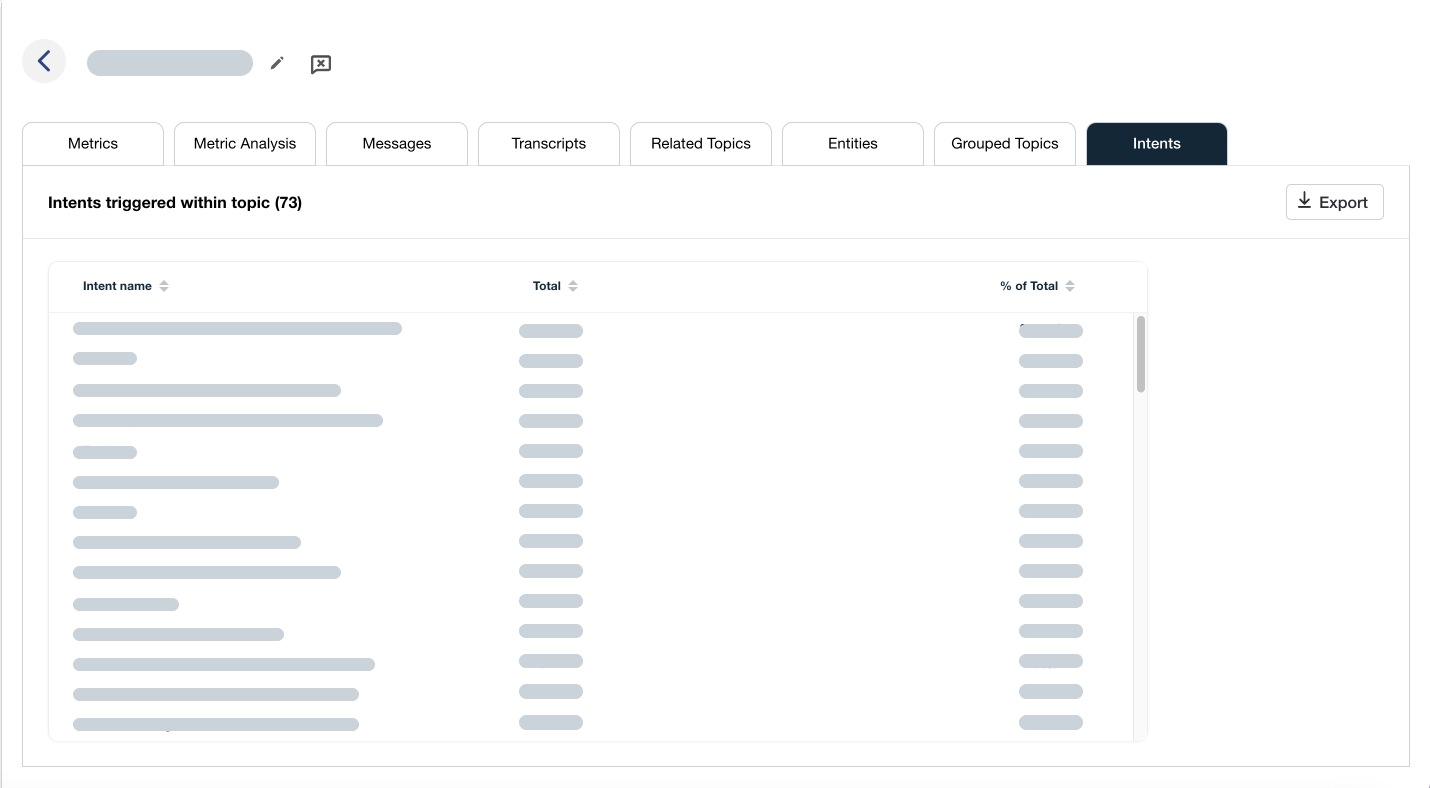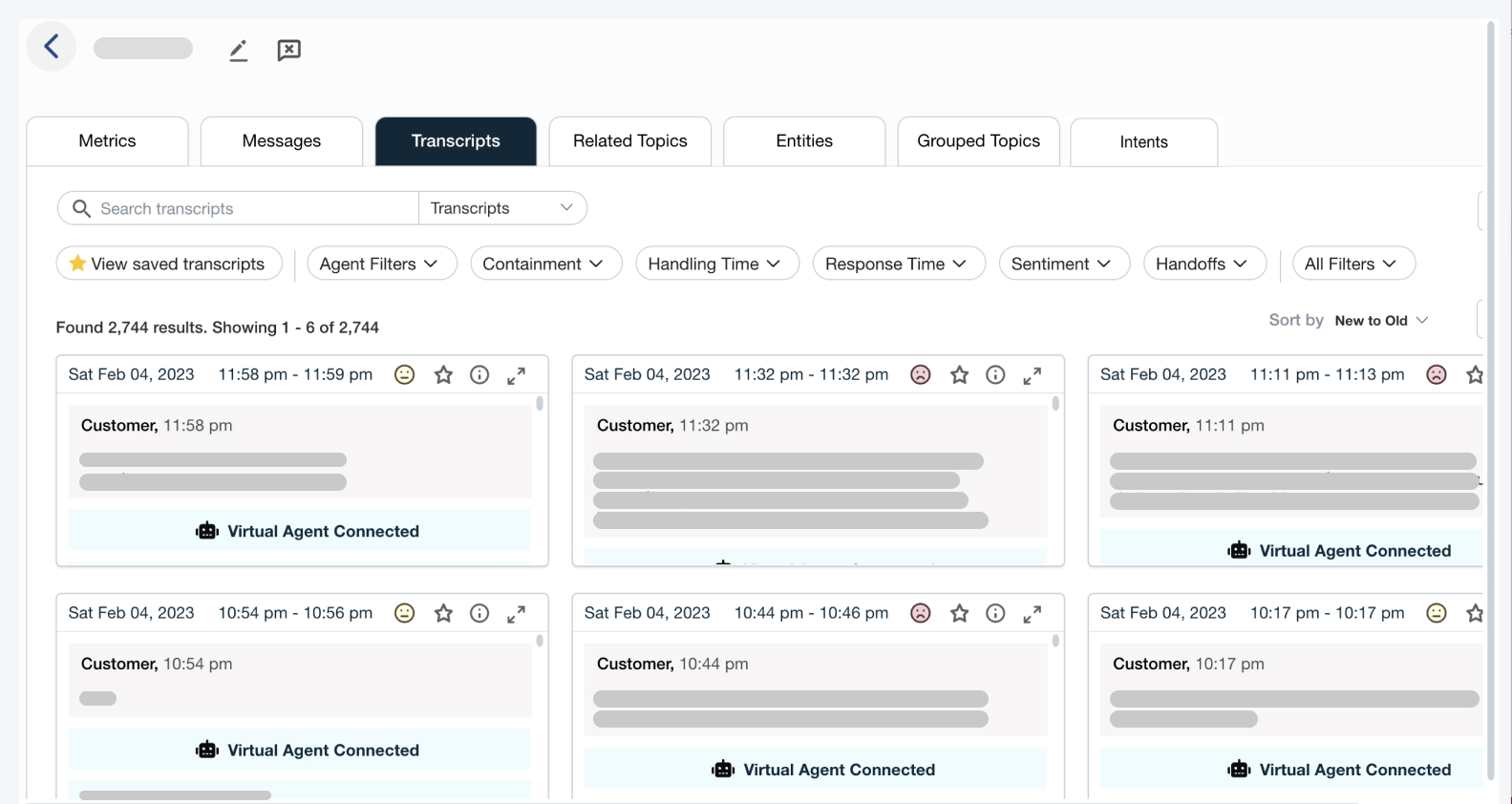5 Goals to Improve Call Center Performance
5 Goals to Improve Call Center Performance

Have you made your New Year resolutions yet? As I thought about my own, I also thought about the top things contact centers could do to improve in the coming year. As a result, here’s my take on the top five contact center resolutions for 2018.
1. Put your agents first.
Research shows today’s contact center agents are stressed, with 37 percent saying they feel stressed multiple times per week or more. This kind of stress threatens the health of your contact center operations—stressed agents deliver less-than-stellar customer experiences and often seek employment elsewhere.
In 2018, commit to re-engaging and making your contact center agents a priority. Find ways to empower them, so they quickly can make informed decisions for customers on their own. Give them frequent feedback and training, and solicit their feedback in return. Find out what they really want, and deliver on it.
2. Give agents the right tools and better training.
If you think your agents are well-trained and well-equipped, consider this: 60 percent of agents say their company doesn’t always provide the technology they need to address the challenges they face when helping customers. And 14 percent think a lack of training contributes to their inability to resolve customer issues.
It’s clear the right tools and training are critical to the ongoing success of your contact center—you simply can’t address agent and customer needs without them. So commit to doing more in 2018 to arm your agents to effectively resolve customer issues. Invest more in your training budget, develop fresh training content and offer a variety of delivery mechanisms—live sessions, on-demand podcasts or videos, industry conferences, etc. Also, investigate how technology innovations—such as speech analytics—could help your agents better serve customers, and determine a strategy and timeline for testing these new technologies in your environment.
3. Find and eliminate bottlenecks.
No one likes running into the same problem over and over. Yet this situation is exactly what many agents suffer through each day. Whether it’s due to legacy systems or disconnected data, agents often lack the comprehensive information they need to make fast, informed decisions. Data is siloed and difficult to reach, making a universal view of a customer account impossible to obtain.
For 2018, develop an information strategy that unifies all customer data, and begin to move toward a 360-degree view of each account that’s accessible by every agent. Also, commit to identifying and resolving every data and workflow bottleneck your agents encounter. Be sure to involve agents in the bottleneck identification and solution process, so they’re active participants that provide subject matter expertise along the way.
4. Rethink your contact center metrics.
The measures by which contact center success is evaluated have changed. Yesterday’s metrics—average handle time (AHT), first call resolution (FCR), etc.—don’t address the higher expectations of today’s fickle customers. They want to interact with experienced, informed agents who know their accounts and can resolve their issues and answer their questions quickly and completely.
In 2018, evolve your contact center metrics to focus on the agent: agent tenures, voluntary versus involuntary agent turnover, agent ratings by customers, etc. By benchmarking contact center success according to agent longevity, you elevate the critical role today’s agents hold for your company’s success and are better positioned to deliver exceptional customer experiences.
5. Ask the right questions and look to data for the answers.
There’s a wealth of information contained in customer interaction data—information that until recently remained largely untapped. Yet today it’s now possible for contact centers to dig into this data and improve their operations.
So commit to asking the right questions and seeking answers in your customer interaction data in 2018. For instance, want to get to the root cause of your call volume? Find out if customers call because they want a more personal touch or because they haven’t received a satisfactory resolution via alternate communication channels. No longer do you have to resort to gut feelings and guesses—tap into that 360-degree view of data you implemented from an earlier resolution to find the answers you need.
Find out more—download our new research report, The Health of the Contact Center: Agent Well-Being in a Customer-Centric Era.









